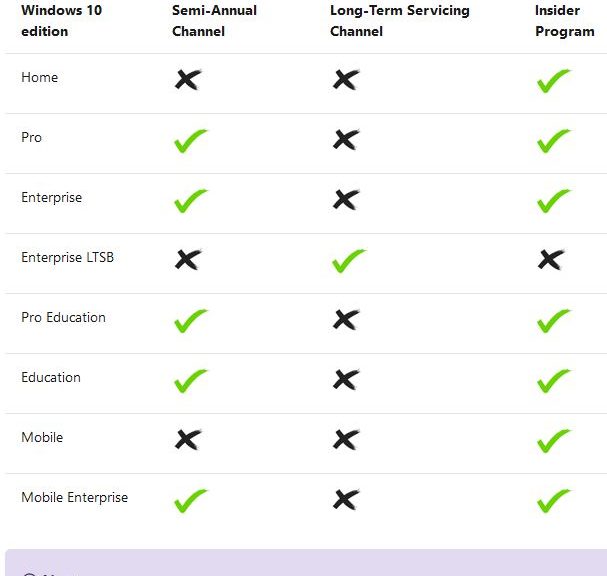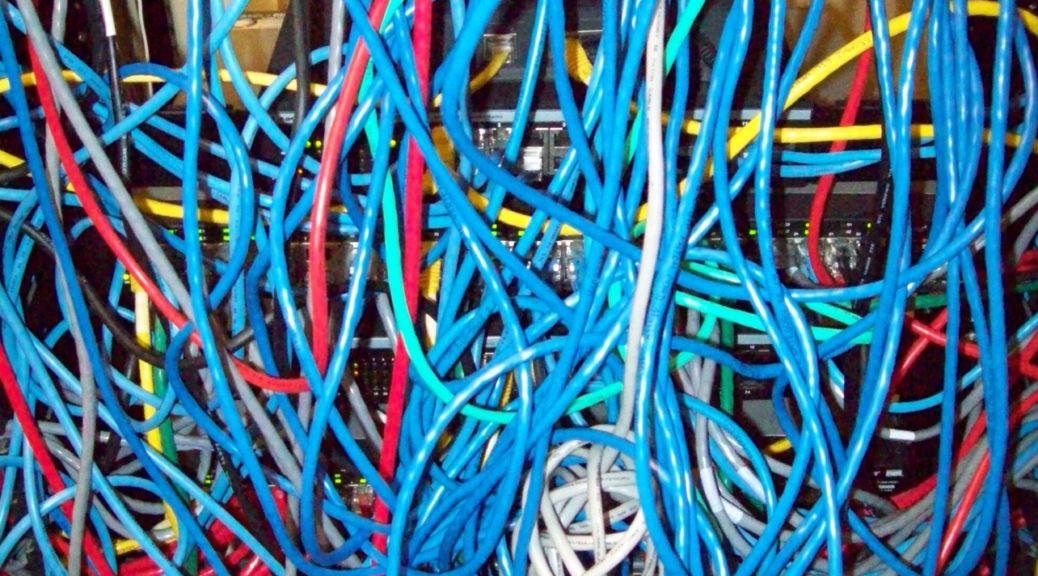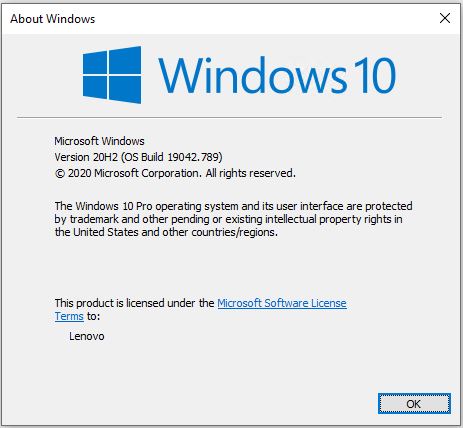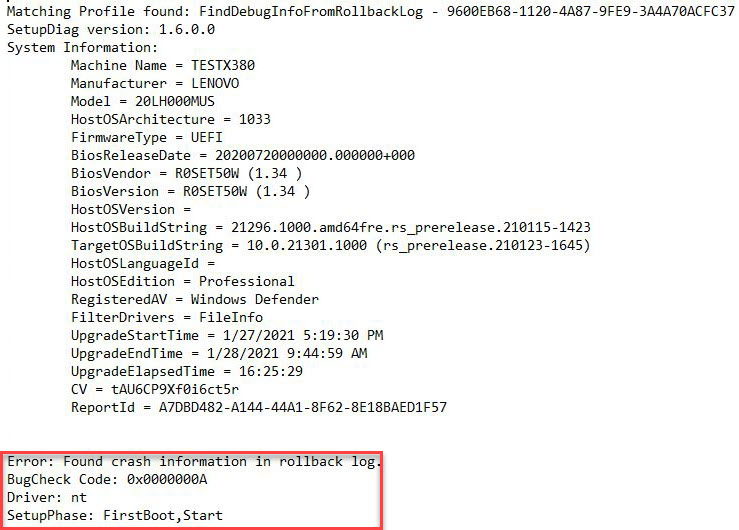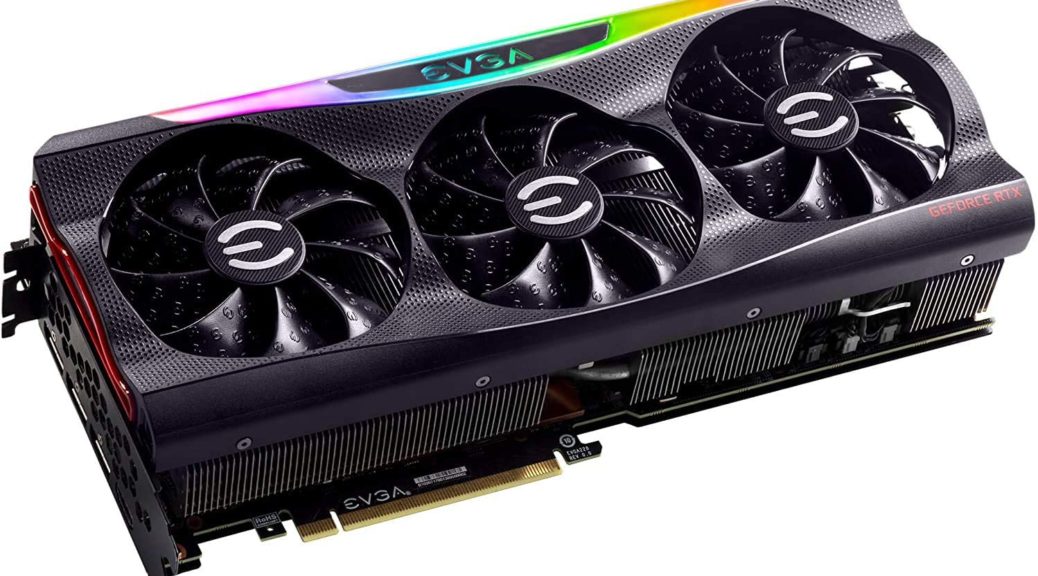On February 3, an interesting note appeared in the latest Windows 10 Status bulletin. To truly make sense of its import requires understanding what 2004 broad deployment means. Here’s a key snippet:
Current status as of February 3, 2021Windows 10, version 2004 is designated for broad deployment. The recommended servicing status is Semi-Annual Channel.
Again: Understanding What 2004 Broad Deployment Means
The phrase “broad deployment” is addressed in code in the phrase “servicing status is Semi-Annual Channel.” I’d translate it as “ready for nearly everybody and anybody .” Microsoft displays a more specific view of this in a DOCs article. It’s entitled Assign devices to servicing channels for Windows 10 update. In fact, that article supplies the table shown as the lead-in graphic above.
Another quote that heads the foregoing table is pretty explicit about who should get which release channel:
The Semi-Annual Channel is the default servicing channel for all Windows 10 devices except those with the LTSB edition installed
What does this mean? It means anybody who depends on Windows 10 should run the Semi-Annual Channel release. To be more specific, that means users at work, at home and at school. Thus, if you’re not an insider or using an LTSB license, you should be running Windows 10 2004 . That’s the May 2020 release, currently at build 19041.xxx.
2 Releases Back Reflects Conventional Wisdom
For the longest time, businesses have long followed a pattern of hanging one or two releases back from the leading edge. This goes as far back as I can remember taking Windows seriously. More explicitly, I’d call it “the Windows 3.1/Windows for Workgroups era” (1992-1993).
On the ground, most businesses I visit run 1909 or 2004 these days. With 1909 not coming up on EOL until May 2022, this info from Microsoft is interesting. Between the lines, read it as a gentle nudge to businesses to start thinking about an upgrade. For sure, that’s sooner than they’d upgrade, if impending EOL were the driving force.
For ordinary users I also read this as sage advice for those who don’t work at Windows leading or bleeding edge. For leading edge, think current release (20H2). That makes the bleeding edge Insider Previews (21H1 and beyond).
Could It Be a Wake-Up for True Laggards?
The true laggards, of course, are those running 1904 or some earlier Windows release. This includes my optometrist, who I noticed is still on Windows 7 when I had my eyes checked two weeks back. Thus, if you’re not close to the Semi-Annual Channel level on your Windows desktops, it’s time to start planning that transition. I think MS has just given fair warning!
